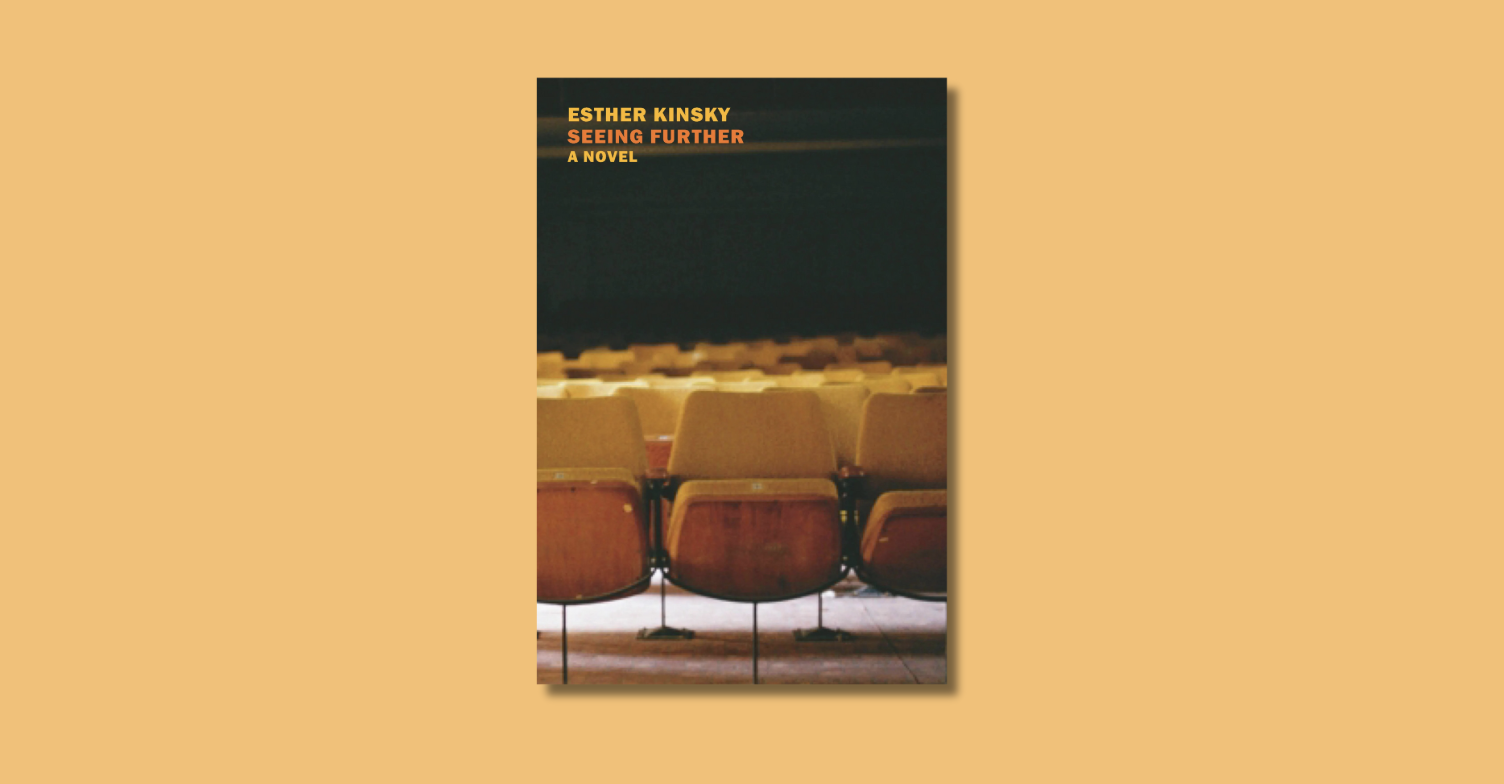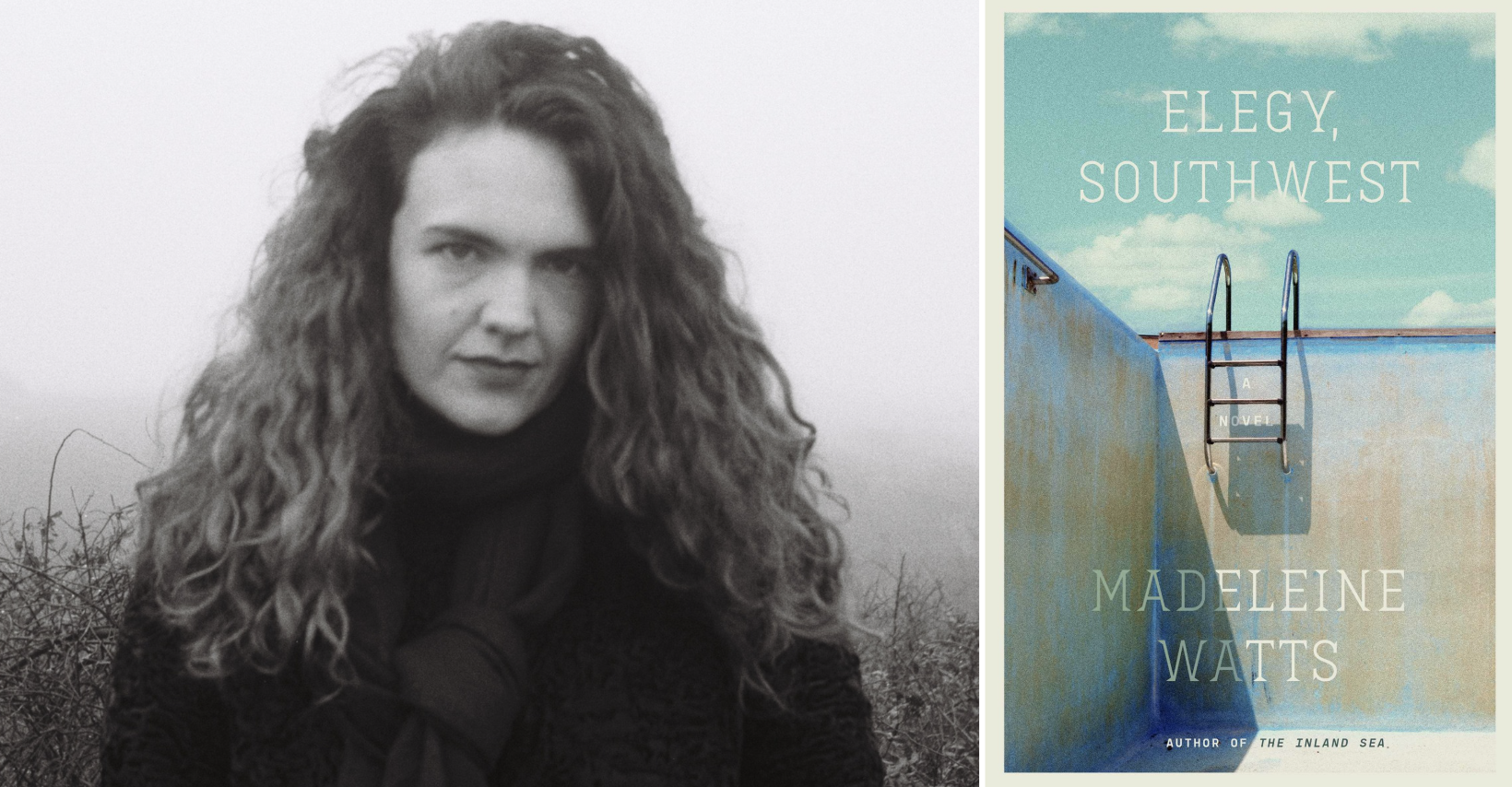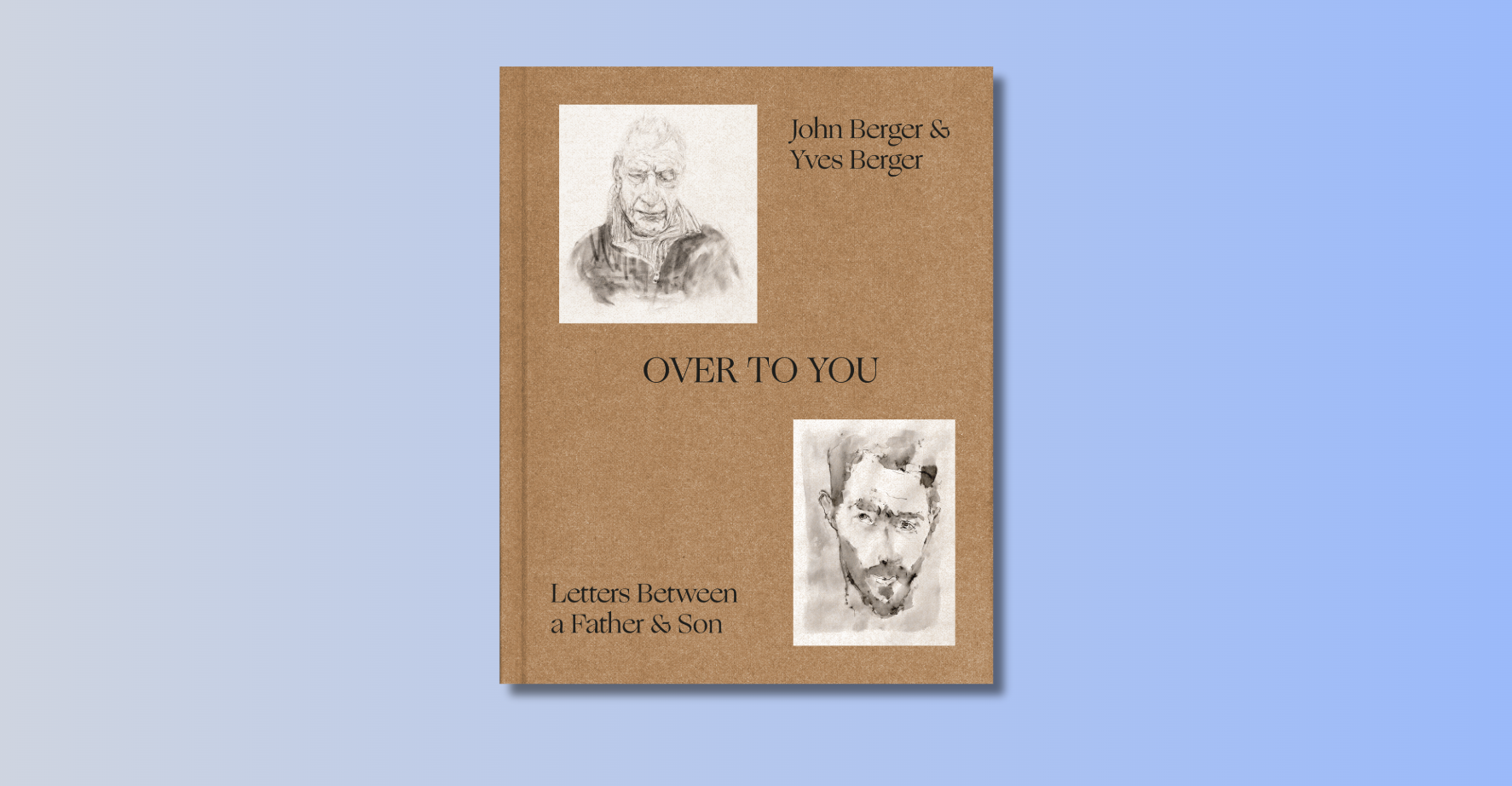
For the last twelve years I have taught fiction writing at Delta College in Michigan. For six of those years I have also taught Introduction to Screenwriting as part of Delta’s Film Production program. Arguably, screenwriters and fiction writers are going about the same thing, even if in different forms: they are trying to tell a good story. I certainly can’t say that the ways I teach screenwriting and fiction writing are universal, but I have noticed that, while the two courses essentially focus on storytelling, my pedagogical approaches for each are very different.
When I teach fiction, I usually focus on the “craft” of fiction. I use words and phrases like “conflict,” “character development,” “backstory,” “interior landscape,” and “dialogue.” When it comes to plot, though, I find myself saying something cryptic like, “Plot comes out of character. Whatever your protagonist does must be true to his or her character.” It’s good advice, I suppose, but it doesn’t really help students understand what makes for a solid plot. When I talk about fiction writing, the vibe is mystical: “You don’t need to know where you’re going. Just sit down and write. Discover what you have to say sentence by sentence. Let the journey surprise you.” Sometimes I’ll even quote E.L. Doctorow who said, “Writing is like driving at night in the fog. You can only see as far as your headlights, but you can make the whole trip that way.” I love that simile, but the more realistic side of me notes that it’s also a perfect situation for crashing and going nowhere.
Screenwriting often seems so much more practical and story-oriented. Right out of the gate, I am talking with students about the importance of movie-mapping. Much more time is spent on the plotting of the story to make certain that “something happens” and that the movie is always escalating tension and conflict as it moves toward the climax. For such a modern form of storytelling – barely 125 years old – screenwriting seems to draw much more of its understanding of plot from Plato’s dissection of narrative structure.
Before my students begin to learn screenplay format, I first ask them to consider their film’s major dramatic question, or MDQ. In screenwriting, the major dramatic question is a yes-or-no question that is answered by the climax. For instance, in the 1977 classic Star Wars: A New Hope, the MDQ would be, “Will Luke blow up the Death Star?” Before ever writing, my students are encouraged to know their MDQ and to know the answer. They have to know what they are writing towards in order to make every scene lead the audience there naturally and believably. To understand how movie structure works, we talk about a movie’s Inciting Incident, Plot Point 1, Mid-Point, Plot Point 2, and Climax. Screenwriters are encouraged to know their ending before anything else, which seems very different from all of that driving blind in the fog business.
Star Wars: A New Hope provides a good example of the rest of the plot points. The inciting incident of a movie is the event that is necessary to get the movie going. Usually the first ten minutes of a film focus on character and situation introduction, but right about ten minutes in, something happens that calls the protagonist to his or her quest. In Star Wars, the inciting incident occurs when the droids escape Princess Leia’s ship with the plans to the Death Star inside R2-D2. (Notice how the inciting incident already alludes to the MDQ.) If the droids don’t escape Leia’s ship, then we don’t have Star Wars…or at least not the Star Wars that we know.
Right around 25 to 30 pages into the script, the screenwriter must begin to think about Plot Point 1. This is a moment in the movie that makes action on the part of the protagonist necessary. In Star Wars, Luke isn’t really sure what he’s doing with the droids. He’s chasing R2-D2 rather than making his own choices. Even when Ben asks Luke to join him, Luke says that he can’t leave his uncle’s farm. It’s only when Luke races back to the farm to find his uncle and aunt dead at the hands of the Empire that he can commit to his quest. Nothing is holding Luke back, and his hatred toward the Empire has been fueled.
About halfway through the script, screenwriters need to give thought to the Mid-Point. The Mid-Point often shows us a strength in the character that we have not seen up until this moment. In the first half of Star Wars, Luke takes a backseat to the much more interesting Ben Kenobi and Han Solo. It’s only when Luke is free of them that he can truly shine. Rescuing Princess Leia, Luke faces a daunting chasm. Storm troopers are slowly opening the door behind him. Across the chasm, stormtroopers fire upon him and Leia. Oh, and as you’ll remember, the bridge across the chasm is no longer functional. Probably unknowingly using the Force, Luke flawlessly tosses a grappling hook up to an overhead pipe and swings himself and Leia to safety. He does this on his own. That’s the movie’s midpoint, which helps the audience believe what happens in the climax because it reveals that strength of character that the audience had yet to see.
Finally, to escalate conflict and to make success that much more difficult, a screenwriter has to think about Plot Point 2, which is a major setback to the protagonist. In Star Wars, the setback happens when Ben is killed by Darth Vader. It’s a major blow to Luke, and it makes their entire mission against the Death Star seem that much more hopeless. Watch nearly any movie, and right around three-quarters into it, something really bad will happen to the main character. That event serves to escalate tension and keep the audience uncertain.
The rest of the movie now plays out toward answering the MDQ. If the movie has been plotted well, the climax is not only satisfying but believable.
It’s my belief that no novelist would be hurt by taking a screenwriting course or by studying a screenwriting text, not for jumping ship and becoming a screenwriter, but to understand storytelling from a new vantage-point. At Delta College, the students who take creative writing courses represent a small but passionate pool. They often take every creative writing course available. In Screenwriting, I will sometimes get students who want to adapt a novel that they are working on into a screenplay. More often than not, they actually end up learning what they have to do to make their novel work as a novel. It is the strict attention to plot involved with screenwriting that helps them see how they can make their story work better in prose form. At the end of the class they’ll tell me, “This class helped me understand my novel so much better, and now I’m going to rewrite the entire thing.”








